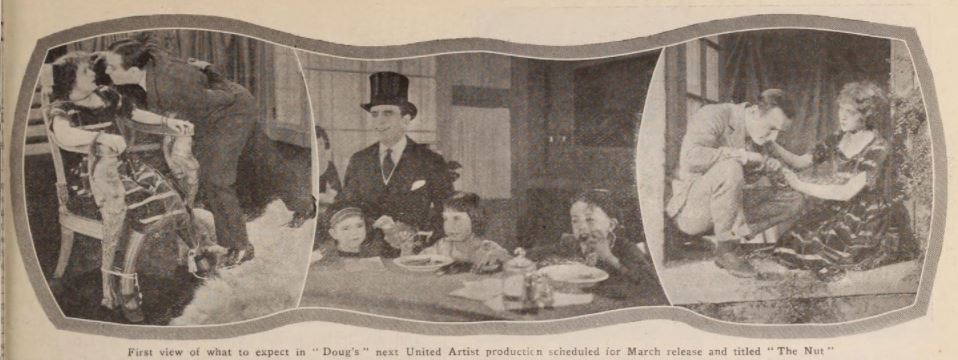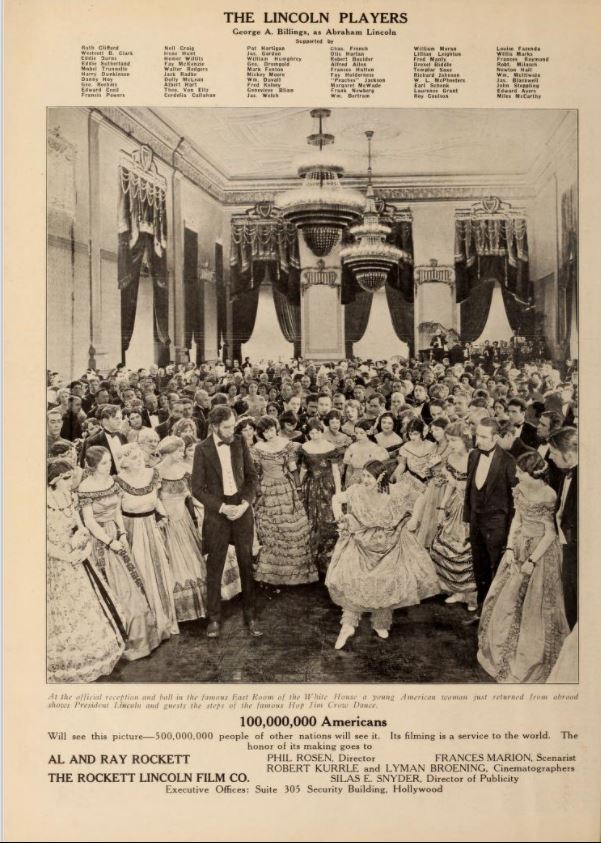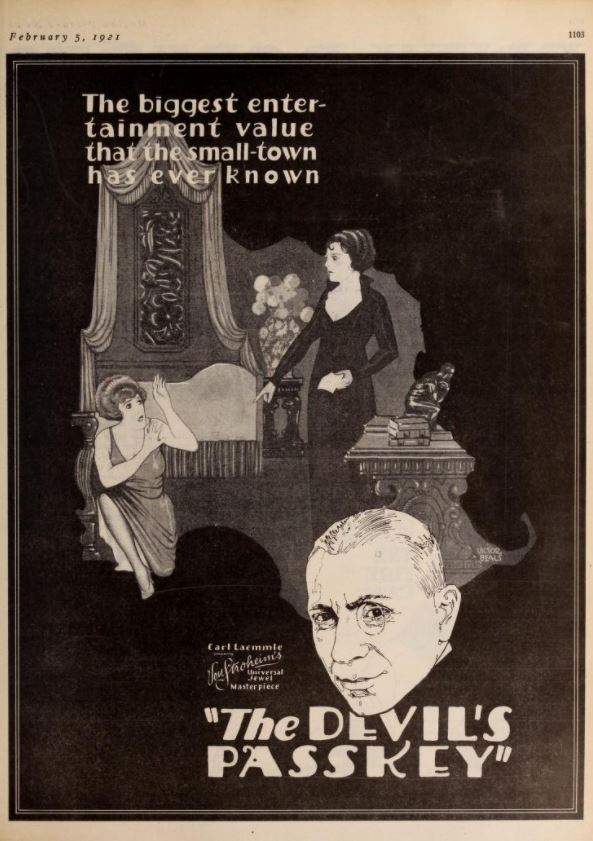A System of Indirect Colored Light-
ing Is One of Features of State Theatre
Finkelstein and Ruben's New Theatre in Minneapolis
Opens to Largest Crowd in Mid- West Theatre History
ACCOMPLISHING what had been believed an utter impossibility in the
last seven days of a construction period of almost two years, Messrs. Finkelstein and
Ruben were able to open their new $1,000,000 State Theatre, located at Eighth
street and Hennepin avenue, Minneapolis, Saturday evening, February 5, to the
largest crowd that ever attended a similar event in the Mid-West.
The State represents the largest theatre, from a seating standpoint, between
Chicago and the Pacific Coast and has been claimed by authorities one of the
most comfortable and homey appearing large photoplay houses in the country.
The exterior of the theatre is more or less deceiving in that, like the Circle Theatre
of Indianapolis, it gives little indication of the immensity of the interior, or auditorium.
The auditorium is designed in a free motif of the Italian renaissance and its
main feature is the noble proscenium arch which spans almost the clear width of the
building and is richly treated in an original manner with massive Corinthian
columns supporting the entablatures, which in turn carry two groups in gold
representing Music, the Drama, and the Muse of the Cinema. This unusual treatment
has given remarkable dignity to the grand sweep of the arch and forms a magnificent
frame for the stage opening. A beautiful peristyle overdraped with a cloth of gold
surmounted with drapes of royal blue richly embroidered gives the theatre one
of the most striking stages imaginable. Each of the side panels of the peristyle is
draped with royal blue plush curtains and royal blue plush drapes which pull up-
ward as the picture is flashed on the screen cover the picture sheet. A good portion
of the stage floor is of pebbled glass one and an eighth inches thick with six colors
of 300 watt lights beneath, so that soloists are given an unusual lighting from all
sides.
A thirty-piece band, under the leadership of Frank Pallma, former conductor
of the Lagoon orchestra, Minneapolis, and previously a prominent figure in Pacific
Coast musical circles, furnishes the music for The State presentations and the
overture for the initial program was " The State," a snappy march especially written
for the occasion by Clifford Reel. Varied colored light effects are thrown
over the entire band as it plays the overtures and other selections and from
behind the orchestra pit balustrade which goes beneath the curve of the stage
come delicate tints of blue, amber, pink and green changing by dimmer simultaneously
with the variation of the color scheme the lights of the auditorium. Atop the
auditorium hang six large cut glass chandeliers, each containing six colors of
electric bulbs which constantly change as the performance goes on and giving a
jewel-like appearance to the upper porof the theatre. Small cut glass light
fixtures beneath the balcony and on sides of the theatre also change color to
blend in keeping with the orchestra side and ceiling fixtures.
In each of the proscenium boxes are placed various colored indirect lights
which throw their rays upon the back walls and ceiling of these boxes at
intervals during the performance, adding the richness of the color scheme to a
mean extent.
A color scheme of delicate blue and gold has been carried out throughout the
foyer, mezzanine and lobby and Hal A. Larsen, the decorator, has added more
to the homey appearance of the building by his artistic small touches on fixtures,
railings and ceilings. The foyer ceiling and mezzanine or entresol promenade are
indeed marvels of richness and tasty coloring. Heavy blue carpeting adds to the
distinctiveness of the theatre throughout and soft gray leather seats placed 36
inches apart add to the comfort of the patrons.
The State seats exactly 2,377 persons, all seats being uniform.
The projection is furnished by three Simplex machines and all of the latest
booth equipment has been provided for the operators. Spot lights are thrown
upon the stage from the projection booth and from a loge in the center of the lower
balcony. The stage is large enough to accommodate a very heavy setting and
enough fly-scenery for a large legitimate attraction. Lowell V. Valvert, managing
director of the Capitol, St. Paul, will prepare the State presentations and his ideas
will be carried out by Francis J. Murray, his assistant.
C. Harry Preston, formerly house manager of the Capitol, St. Paul, and for a
score of years associated with the Keith and other theatrical circuits in Pittsburgh
and New York, will look after the theatre. Christ Palmquist, former manager of the
Palace theatre, Superior, Wis., is Mr. Preston's assistant manager and twenty
two ushers, two directors and two superintendents and four porters attending to
the guidance of patrons. A graduate nurse, in addition to two matrons, is kept
at the theatre at all times.
Cashiers and pages or ushers are clothed in a costume of French in
conception resembling that of the typical artists, a tamoshanter or elephant's breath colored
corduroy, a blouse and belt of bluish-black corduroy and unpressed full length
trousers of grey corduroy. The blouse sleeves are completed with white linen
cuffs and a grey silken bow tie and Buster Brown collar and each page carries a
swagger stick of mahogany. Patent leather pumps and black silk stockings
complete the outfit. Directors, superintendents and porters are garbed in a dark
blue uniform similar to that of a French naval officer.

















































